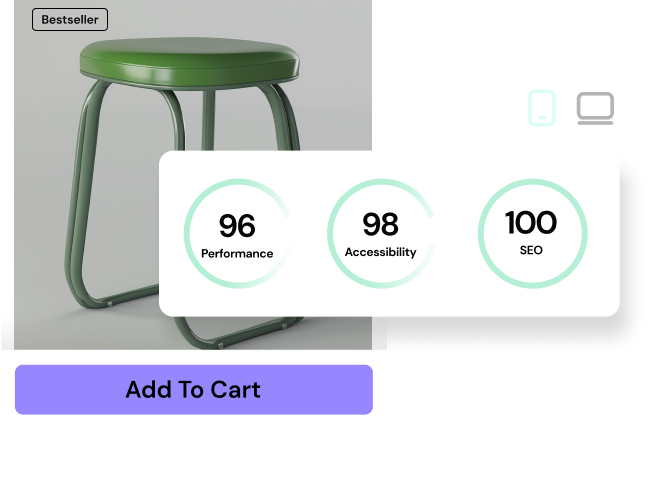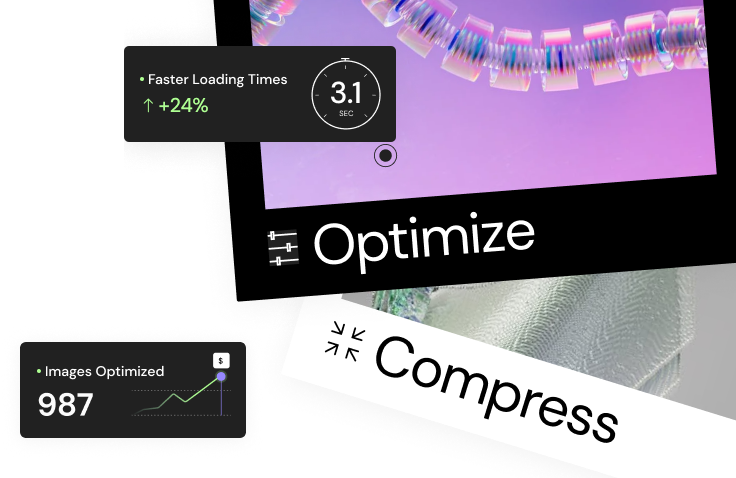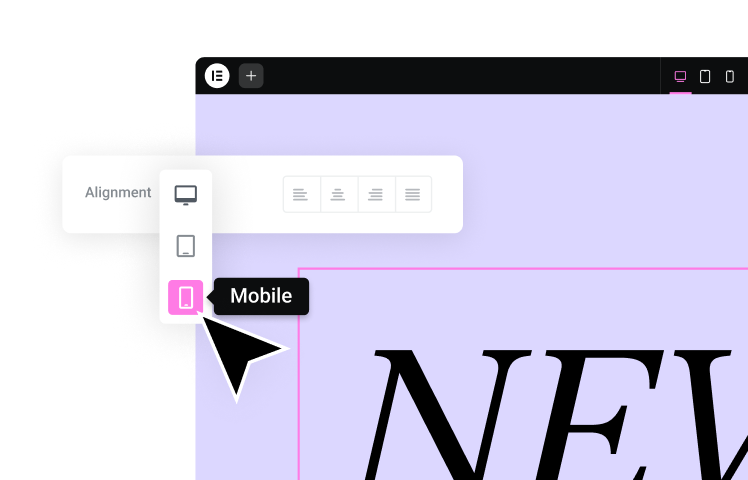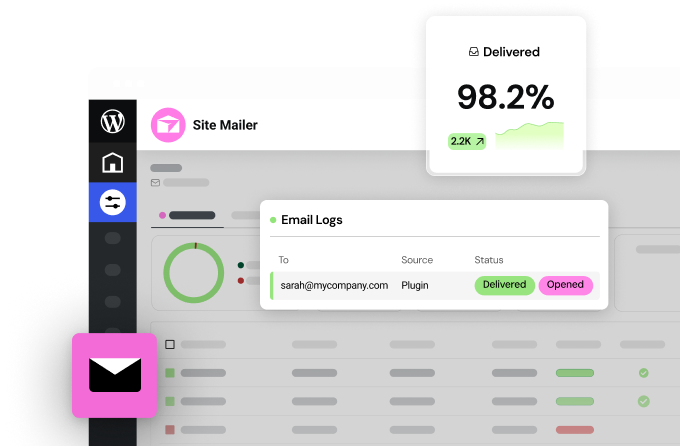Table of Contents
Etsy is an online marketplace where people sell handmade goods, craft supplies, and vintage items. Think of it as an online craft fair where millions of buyers shop for one-of-a-kind items they can’t find in regular stores.
The Fees You’ll Pay
1. Listing Fees – $0.20 per Item
Each item you list on Etsy costs $0.20. Your listing stays up for 4 months, and after that, you’ll need to pay another $0.20 to keep it listed. If you don’t want to do this manually, you can set up automatic renewal.
2. Transaction Fees – 6.5% of Your Sale
When someone buys from you, Etsy takes 6.5% of the total amount. This includes the price of your item, shipping costs, and any gift-wrapping fees if you offer this service.
Quick Tip: When setting your prices, make sure to include this 6.5% in your calculations to save money.
3. Payment Processing Fees
These fees come into play when handling money from sales. The exact amount changes based on your country and the type of money used. Most sellers use Etsy Payments. Take note that Etsy’s built-in payment system handles credit cards and other payment methods.
4. Offsite Ads Fees
Etsy shows ads for your items on websites like Google and Facebook. You only pay when someone clicks an ad and buys your item within 30 days. The fee structure works like this:
If you make less than $10,000 yearly on Etsy, you’ll pay a 15% fee on these sales. Once you earn more than $10,000 yearly, this fee drops to 12%. This fee only applies to sales that come directly from these ads.
5. Other Costs to Consider
You might need to pay to convert money between different currencies, buy shipping labels through Etsy, or sign up for Etsy Plus if you want extra features.
A Real-World Example
Let’s say you’re selling a handmade scarf for $50 with $5 shipping. Here’s what you’ll pay in fees:
Basic Fees: Listing fee: $0.20 Transaction fee: $3.58 (6.5% of $55) Payment processing fee: about $2
With an Offsite Ad Sale: All basic fees plus $8.25 (15% of $55) Total with ad: $14.03 Total without ad: $5.78
After fees, you’ll keep $40.97 (if sold through an ad) and $49.22 (if sold normally)
These amounts don’t include your supplies and time costs.
Is Selling on Etsy Worth It?
Many sellers find success on Etsy because millions of buyers visit the site looking for unique items. You won’t need to build your own website, and Etsy handles the technical parts of running an online store. Having an Etsy shop also adds credibility to your business.
Making Your Shop Successful
To make money on Etsy, start by calculating all your costs, including materials, time, and fees. Set prices that cover these expenses while staying competitive. Pay attention to which items sell best, and take time to photograph your products well. Write clear descriptions that help buyers find your items easily.
The costs of selling on Etsy might seem high at first, but the platform gives you access to buyers worldwide. With careful planning and smart pricing, you can build a thriving shop that turns your creativity into profit.
The Hidden Costs of Selling on Etsy: What You Need to Know
Are you starting an Etsy shop? Great! While you might know about the basic fees, there are some other costs you should know about. Let’s break them down so you can plan better.
Offsite Ads: Getting Your Products Noticed
Etsy will show your items on big websites like Google, Facebook, and Instagram. Here’s how the costs work:
The basics: You only pay when someone buys your item after clicking an ad within 30 days. If you make under $10,000 a year, you’ll pay 15% on these sales. Make more than $10,000? The fee drops to 12%.
Is it worth the cost? Many sellers say yes – these ads can bring in new customers who might not have found your shop otherwise. But keep track of your profits to make sure it works for you.
Selling to International Customers
When you sell to buyers in other countries, Etsy charges 2.5% to change money from one type to another. For example, if someone in Europe buys your $100 item using euros, you’ll pay $2.50 in conversion fees.
Quick Tip: Add this cost to your prices for international orders to keep your profits steady.
Shipping Through Etsy
You can buy shipping labels right on Etsy. While this can save time, the costs vary based on:
- How big and heavy your package is
- Where you’re sending it
- Which shipping company do you pick
Money-saving tip: Compare Etsy’s shipping rates with those of your local post office or shipping stores. Sometimes, Etsy’s rates are cheaper, but not always.
Shop Upgrade Options
Etsy Plus: $10 Monthly
- It makes your shop look fancier
- Sends alerts when items are back in stock
- It gives you some free advertising
Etsy Premium: $20 Monthly
- Everything in Plus
- Better shop statistics
- Cheaper web addresses
Think about these like extra tools – only pay for them if they’ll help you sell more.
Selling Digital Items
If you sell downloadable items (like printables or patterns), consider Etsy Pattern. It costs $15 monthly and helps you manage digital downloads better.
Paid Advertising Options
Inside Etsy: You can pay to show up at the top of Etsy searches. You pick how much you want to spend each day, and you pay when someone clicks your ad.
Google Shopping: Get your items shown on Google. Like promoted listings, you pay for each click.
Smart Tip: Start with a small advertising budget. Track your spending and earnings to see if they’re helping your shop grow.
Making Smart Money Choices
To make your Etsy shop work better:
- Write down all these extra costs
- Add them to your product prices
- Check which costs are worth it every few months
- Start small with paid features and grow as you make more sales
Remember: All these costs can add up, but they’re tools to help your shop grow. Pick the ones that make sense for your business and budget.
How to Calculate Your Etsy Fees: A Simple Guide
Basic Shop Costs You Might Not Expect
When starting your Etsy shop, you’ll need to plan for more than just Etsy’s fees. You’ll spend money on packaging supplies, like boxes and bubble wrap. Remember thank-you notes – small touches make customers happy. You’ll also need to handle sales tax in many places, and you might want professional help with photos to make your items look their best online.
Using Etsy’s Fee Calculator
Etsy offers a Fee Calculator that simplifies the math. To use it, open your Shop Manager and find the calculator. Type in your item’s price, add your shipping cost, and include any discounts you’re offering. Choose where your buyer lives, and the calculator will show what fees you’ll pay. It’s that simple.
Calculating Fees by Hand: A Real Example
Let’s figure out the fees for a mug that sells for $25 with $8 shipping. Here’s how it breaks down:
1. Basic Listing Fee: $0.20 This small fee gets your item in the shop for 4 months.
2. Transaction Fee: $2.15 Etsy takes 6.5% of your total sale amount ($33). $33 × 6.5% = $2.15
3. Payment Processing: $1.24 Etsy charges 3% of the sale plus 25 cents. ($33 × 3%) + $0.25 = $1.24
Total Fees: $3.59 ($0.20 + $2.15 + $1.24)
What Changes Your Fees
Your fees will change based on several factors. Higher prices mean higher fees, while sales and discounts lower them. Etsy takes 6.5% of shipping costs, too, even when you offer free shipping.
For international sales, converting money costs an extra 2.5%. For example, if you sell something for $100 to someone in another country, you’ll pay $2.50 more in fees.
When it comes to advertising, Offsite Ads cost 12-15% extra per sale, but you only pay when these ads lead to actual purchases.
Advertising Options and Costs
You can pay to make your items more visible in two main ways. First, your items can show up at the top of Etsy searches. You choose how much to spend each day, and you pay when people click. Second, your items can appear in Google Shopping, where you also pay for clicks.
Making Smart Money Choices
Running a successful shop means knowing your numbers. Start by adding up all your costs. Set prices that cover everything you spend. Check if paid features actually help you sell more. Keep good records of what you spend and earn.
Think about your monthly costs, too. These include your packaging materials, shipping supplies, the time you spend packing orders, and taxes on your sales. These ongoing expenses affect your bottom line just as much as Etsy’s fees.
Getting Help with Numbers
If you’re not comfortable with math, don’t worry. Use the Etsy Fee Calculator when you can. Write down what each item costs you to make and sell. Check your fees every month to see how you’re doing. Most importantly, it saves money for taxes.
Keeping track of these numbers might seem like extra work, but it helps you understand exactly what you’re making on each sale. This knowledge helps you price your items right and build a profitable shop.
Planning for Success
Take time each month to look at your costs and earnings. Figure out which items make you the most money after all fees. Consider raising prices on items where fees eat too much profit. Watch how different seasons affect your sales and plan ahead for busy times.
Remember that fees are just part of running your business. Focus on making great products and giving good customer service. Happy customers often come back to buy more, which helps cover your costs in the long run.
Smart Ways to Handle Etsy Fees: A Seller’s Guide
Why Understanding Your Fees Matters
Running an Etsy shop takes more than just making great products. You need to know how much you’re really making after fees. Here’s why this matters:
- Making Real Profit: You can only set the right prices when you know all your costs. This helps you make actual money, not just break even.
- Clear Prices for Customers When you understand fees, you can be open about your total prices. Buyers appreciate knowing the full cost upfront.
- Better Money Management Tracking your fees helps you find ways to save money and make better choices for your shop.
Helpful Tip: Use a simple spreadsheet to track your fees and costs. This will make tax time much easier and help you see where your money goes.
Cutting Down Your Etsy Fees
Setting the Right Price
Finding the right price for your items takes some work. Here’s what to include:
- Cost of materials
- Time spent making items
- All Etsy fees
- Shipping costs
- Packaging materials
Look at similar items in other shops. Do not copy their prices, but use them as a guide. Sometimes, pricing your items a bit higher can make them seem more special.
Using Etsy’s Tools Wisely
- Etsy Ads: You can pay to appear first in searches. This costs money each time someone clicks, but it might increase sales.
- Smart Sales and Coupons Offer deals at the right times. A small discount might bring in more customers and lead to bigger sales.
Saving on Shipping
Don’t just use Etsy’s shipping options. Check other shipping companies, too – you might find better prices. But think about:
- How easy each option is to use
- If tracking is included
- How reliable the service is
Should You Pay for Etsy Plus or Premium?
Etsy Plus: $10 monthly
- Free listing credits
- Money for ads
- More ways to make your shop look good
Etsy Premium: $20 monthly
- Everything from Plus
- Better sales reports
- Your own web address
Think about whether these features will help you sell enough extra items to cover the cost.
Making Your Shop More Efficient
Save time to make more money:
- Set up automatic inventory counting
- Make shipping faster
- Use tools that help you work better
Building a Strong Shop Brand
Make your shop stand out:
Create Special Products Make items that only you can make. Add your own style to everything you sell.
Share Your Story: Tell customers about yourself and why you make your items. People like buying from real people.
Take Great Photos Clear, bright photos make people want to buy. Show your items from different angles.
Give Great Service Happy customers often come back. Answer questions quickly and fix problems right away.
When customers love your shop, they’ll often pay more. This helps cover your fees while still making good money.
Making it Work Long-term
Take time each month to:
- Check which items make the most money
- Look for ways to save on fees
- Plan ahead for busy times
- Try new ways to reach customers
Good shops take work, but knowing how to handle fees makes everything easier. Focus on making great items and keeping customers happy. This brings in steady sales that more than cover your costs.
Growing Beyond Etsy: Building Your Own Website
Why Add Your Own Website

Having your own website alongside your Etsy shop can help you grow your business. Thanks to modern tools like Elementor, which is a website-building tool that allows you to create a site without knowing how to code.
Using Elementor to Build Your Site
What Makes Elementor Work Well:
- Simple Design Tools: You can build pages by moving elements where you want them. Click, drag, and place text, images, and buttons exactly where you need them.
- AI Design Help The built-in AI helps you:
- Choose colors that work well together
- Create layouts that look good
- Write basic content for your pages
- Works With Your Etsy Shop You can show your Etsy products on your website so customers can see everything you make in both places.
Picking the Right Website Host
When you make a website, you need hosting. Elementor’s WordPress Hosting offers:
- Fast website loading
- Strong security features
- Easy site management
Common Questions About Fees and Websites
Q: Will I still pay Etsy fees if I have my own site? A: Yes, you’ll pay Etsy fees for items sold through Etsy. Your website sales have different costs.
Q: Do I pay listing fees for items that don’t sell? A: You only pay the $0.20 listing fee. No other fees apply if the item doesn’t sell.
Q: What about refunds and fees? A: When you refund a buyer, Etsy refunds most fees, except for payment processing fees.
Q: Can Etsy’s fees change? A: Yes. Watch Etsy’s updates to know about any fee changes.
Q: Where can I find more info about fees? A: Look in the Etsy Seller Handbook or contact Etsy support.
Making Both Platforms Work Together
To succeed with both an Etsy shop and website:
- Keep Track of Costs Write down what you spend on:
- Etsy fees
- Website costs
- Payment processing
- Shipping
- Set Smart Prices Your prices need to be different on each platform to cover different costs.
- Use Both Places Well
- Send Etsy customers to your website
- Tell website visitors about your Etsy shop
- Share updates in both places
Getting Started
- Start small with your website
- Add products slowly
- Test what works best
- Ask customers what they want
Many sellers use both Etsy and their own websites well. Each platform helps the other grow. Take your time setting things up, and adjust as you learn what works for your business.
Want to Learn More? Talk with other sellers who run both an Etsy shop and a website. They often share good tips about what works and what doesn’t.
Looking for fresh content?
By entering your email, you agree to receive Elementor emails, including marketing emails,
and agree to our Terms & Conditions and Privacy Policy.






